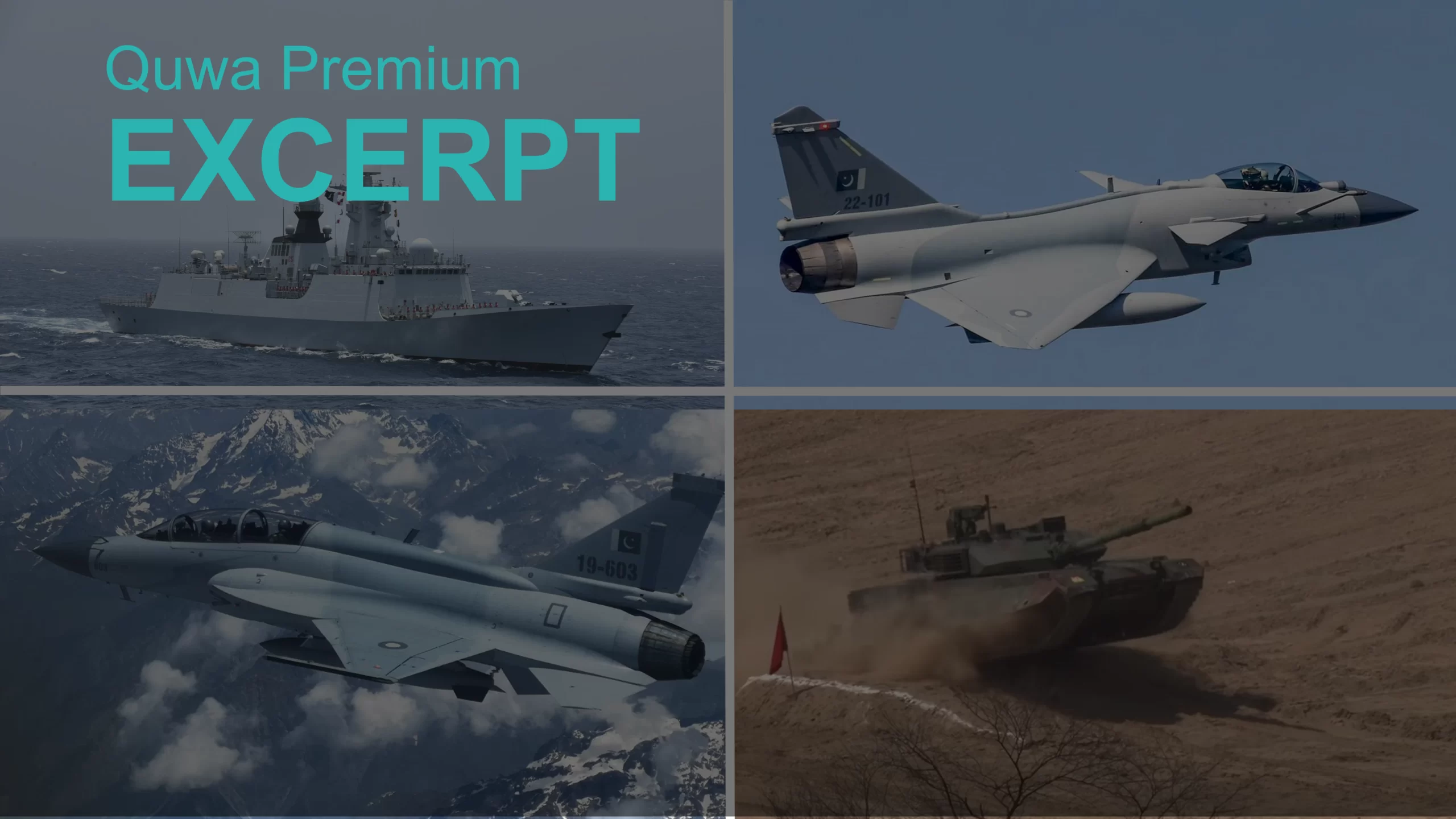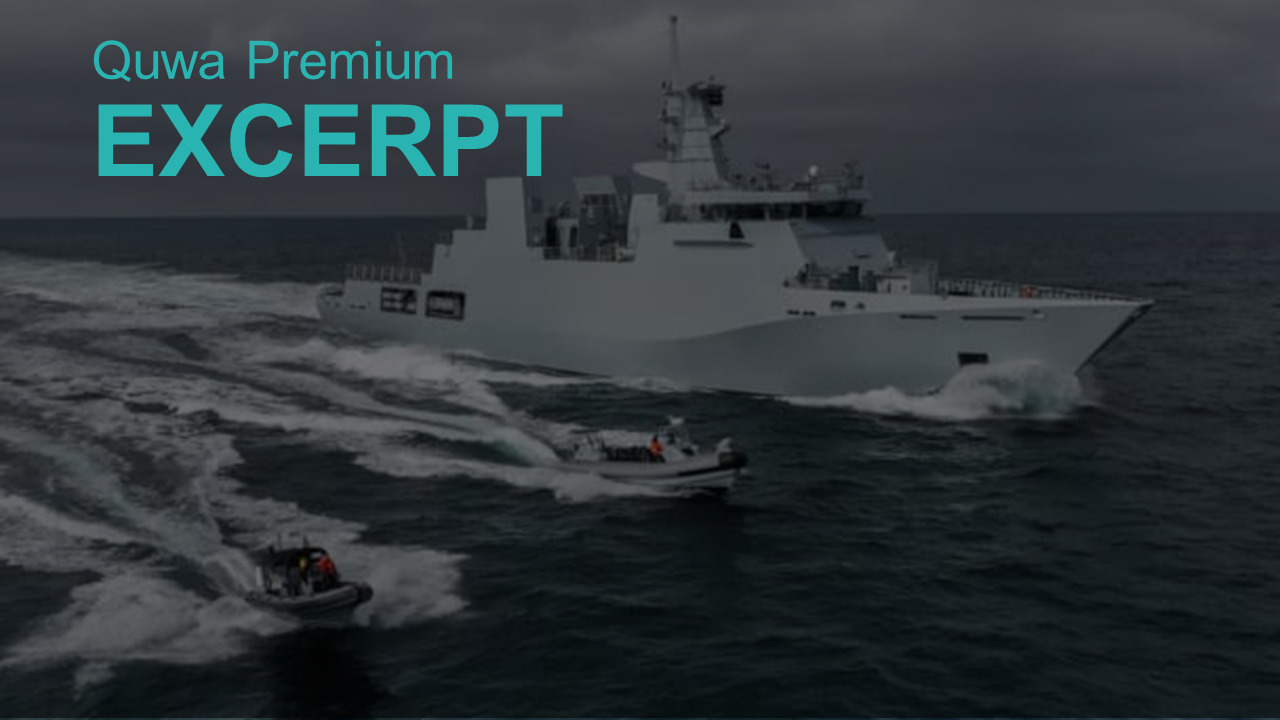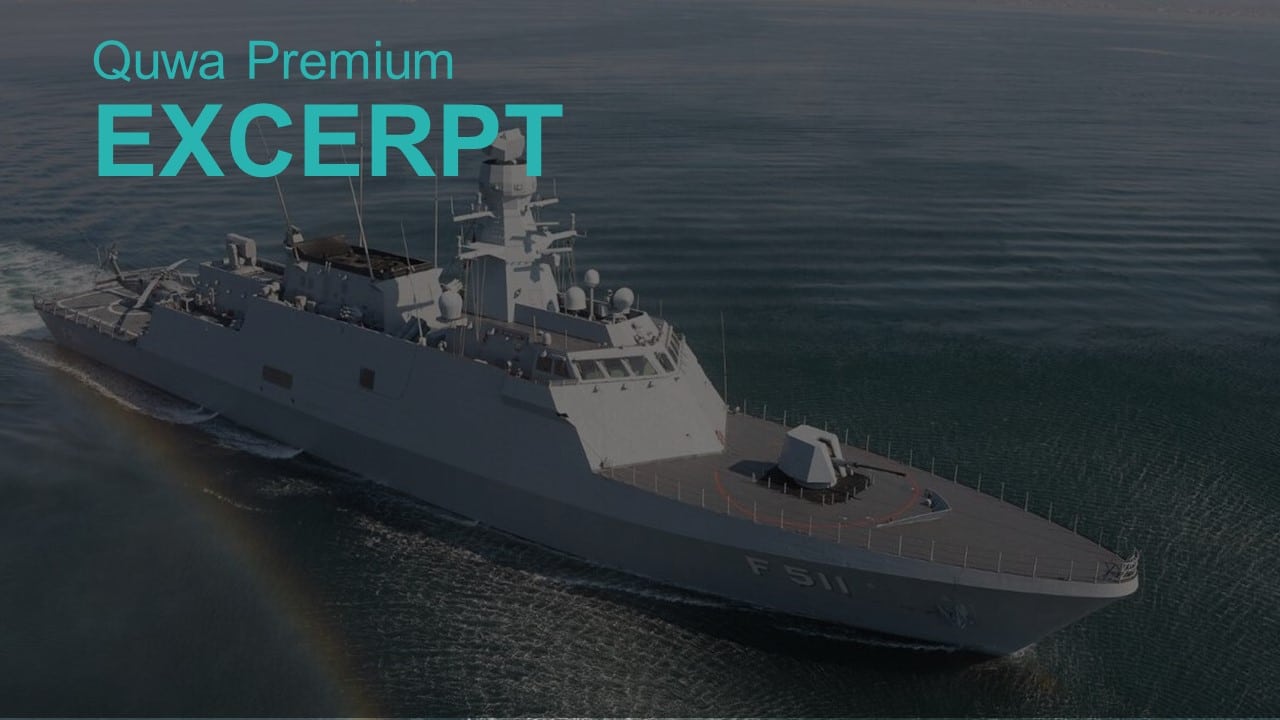5449Views

2022: Pakistan Finds Modernization Path but Funds a Challenge
Through much of its history since Partition in 1947, Pakistan has had difficulty sourcing advanced weapon systems, especially those that could give it an edge against India. Traditionally, insufficient funding and a lack of supply-side access in the West were Pakistan’s main blockers.
However, the previous year has shown that one blocker – i.e., restricted supply-side access – is no longer a problem for Pakistan. On the back of its rise as both an industrial and technological superpower, China has developed modern weapon systems across every domain, be it land, sea, air, space, or cyberspace.
Finally, Pakistan has what it could consider a reliable supplier of qualitatively impactful weapons. In 2022, Pakistan inducted the J-10CE multi-role fighter, operationalized the SH-15 self-propelled howitzer (SPH), expanded the VT-4/Haider main battle tank (MBT) program, acquired the Tughril-class frigate, and made critical progress across the JF-17 fighter and Hangor submarine programs.
From introducing cutting-edge technologies to its fighters (like active electronically scanned array radars) to adding critical capability gains (like a long-range surface-to-air missile system), China provides Pakistan a source for armaments that can open qualitative gains that were previously locked behind sanctions and supplier-concerns about alienating India (the larger defence market).
As China’s defence product catalog grows, especially in terms of new technologies, Pakistan’s options for cutting-edge military hardware will grow. From a cost and availability standpoint, Pakistan does not have a better option than China, especially in the short to medium-term.
However, while China’s defence solutions may be more cost effective than Western systems, it is unclear if Pakistan has the fiscal strength to acquire what it needs. Granted, a number of Pakistan’s programs are progressing (e.g., the J-10CE), but the country’s defence requirements will grow.
The security environment in South Asia is advancing at a rapid pace, and from 2030, will likely usher many new technologies, like next-generation fighter aircraft (NGFA), directed energy weapons, and unmanned combat aerial vehicles (UCAV), among many others.
When it comes to arms procurement, there are three major elements in play. First, inducting the system and operationalizing it. Second, working through lifecycle costs (e.g., maintenance). Third, feasibly scaling and building the necessary quantity. Even one big-ticket procurement program, such as a new fighter, can produce a significant bill for the public exchequer, especially when it is completed as per the desired plan.
One thing to notice with Pakistan is that while the first and second elements of procurement generally do occur (i.e., induction and full lifecycle utility), scaling and building quantity is not always a given. Granted, Pakistan’s F-16 and AH-1F/S Cobra programs were curtailed due to sanctions. However, even if Pakistan could have acquired comparable alternatives (e.g., the Mirage 2000 in lieu of the F-16), it was unlikely to have expanded such a fleet to the numbers it required.
Thus, even if is well established that the Pakistan Air Force (PAF) would not commit to a new fighter, like the J-10CE, unless it planned to acquire at least 80-90 units, one cannot take those plans for granted. One major economic shock (on top of the country’s existing troubles) could derail those plans.
Likewise, the cost of financing the current pipeline (e.g., Hangor, Type 054A/P, etc) could dry the well for future programs. It would not be surprising if the PAF had to make a trade-off between acquiring the J-10 today and being able to procure an NGFA in the future.
Sanctions notwithstanding, Pakistan’s precarious fiscal capacity is the main constraint to its procurement efforts. This will not change with China becoming the principal supplier of cutting-edge arms. Yes, at some level, procurement may be less taxing compared to the West. But fiscal constraints will prevent Pakistan from acquiring cutting-edge, game-changing technology when it becomes available. Be it NGFAs, UCAVs, next-generation tanks and submarines, and regional or theater air defence systems, it is unlikely Pakistan would capitalize at a level that will work for its requirements.
Observers peg Pakistan’s fiscal weakness down to a fundamental problem: It does not generate sufficient revenue through exports. While there is much to be said about the symptomatic causes for this problem, e.g., the lack of investment in education to produce a skilled workforce, corruption and red-tape, limited controls and accountability on public expenditure, and weakly enforced policy directives on indigenization and offsets. However, resolving these issues is contingent on one factor: willing and able leadership…
End of Excerpt (724/1,074 words)
You can read the complete article by logging in (click here) or subscribing to Quwa Premium (click here).
For More Pakistan Air Force News and Analysis, See:


